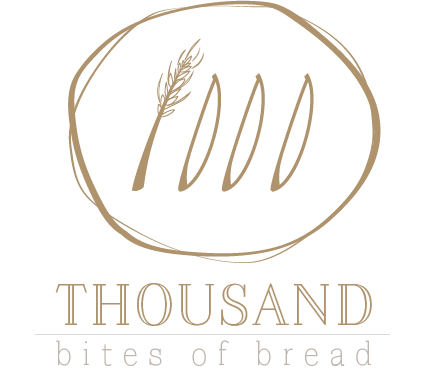Hello everyone,
One of my most important mentors always says that you can ethically tell or ethically sell, but you cannot do both together. She’s an herbalist, so maybe there are differences, but I think there’s so much wisdom there. Over the years I’ve discovered that I’m more of a teller than a seller. I love to teach!
To that end, my bread offerings will now be part of a larger vision to teach more home bakers how to do what I do in my home on a weekly basis. Any of these breads that you want to learn, reach out and I’m available to teach.
Here’s what’s on the menu this month:
Mama Bread
This month’s Mama bread is made with organic spelt from Camas Country Mill in Oregon. Spelt is a close relative of wheat, and was first used by the Greeks. They considered it a gift from the goddess Demeter. People who have a hard time digesting common wheat (Triticum aestivum) report better results with Spelt (Triticum spelta). It bakes like a dream, and I love the way the loaves turn out with this grain.
Buttermilk Triticale Loaves
One of my favorite weekly rituals is getting milk and cream from a local farm. I churn the cream into butter (this sounds much fancier than it actually is since I use the Cuisinart to basically zap it), which leaves me with a batch of true buttermilk. The next day, I’ve been taking to the habit of making bread with this delightful ingredient. I love the pairing of buttermilk and rye, but I just got a little triticale, so I’m going to try that instead. If you don’t know what triticale is, I’ve often heard it referred to as a cross between rye and wheat. In these loaves, I use a backbone of white wheat grown by Bluebird Grain Farms and add a bit of triticale from Moon Family Farms in Washington.
Organic Sandwich Loaves
The sandwich bread this month is made with organic sifted French heritage wheat flour grown by Camas Country Mill. Rouge de Bordeaux is a flour that I encountered in France this past year and really enjoy making bread with it. The fact that this flour is sifted after being stone ground makes it a bit lighter, while still containing much of the germ and bran (thus more nutrients) than the typical flours found on grocery store shelves. To these loaves, I’m adding a bit of malted barley flour from Tuality Plains in Forest Grove, Oregon. The barley adds a hint of cereal sweetness and boosts the browning capabilities.
100% Einkorn Loaf
Einkorn is the most ancient wheat that we still cultivate. It’s genetically different than modern wheat because it reflects the time when wheat had a simpler DNA profile. It has a buttery color and a savory flavor with mineral overtones. I’m using grains from Bluebird and milling them at home on my Komo. This bread is a pan loaf and it’s superb as toast dripping with butter and a shaving of parmesan cheese.
Seedy Einkorn & Rye
This bread is the newest in my repertoire. It dawned on me that I could use my einkorn starter to make a mostly-rye bread and I decided to give it a go. Wow, am I glad that I did. This is a labor intensive bread, as I grind all of the grains myself and diligently toast and soak the seeds, but it’s worth it! The rye comes from Tuality Plains and the organic einkorn, from Bluebird Grain Farms. I pack it with organic flax seeds and Anson Mills Sea Island benne seeds. I also include sprouted pumpkin seeds. As one friend put it, a slice of this bread is a meal unto itself.
I am happy to share any of my formulas with you if you reach out. I hope whatever you are baking is inspiring your day!
With delight and gratitude,

